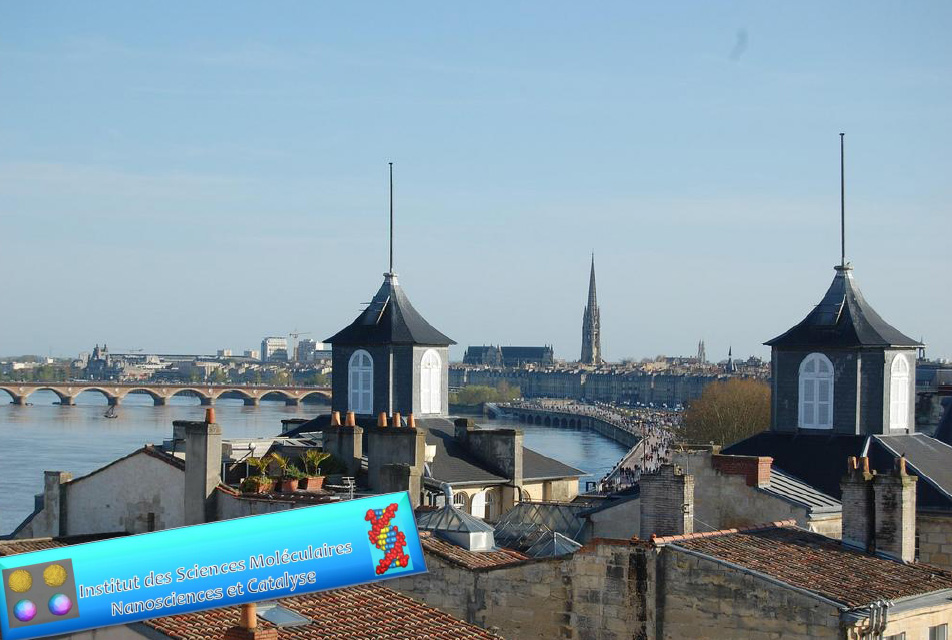 |
|
|||||||||||||||||||||||||||||||||||||||||||||||||||||||||||||||||||
From Chemical Topology to Molecular Machines
Jean-Pierre Sauvage
Institut de Chimie and ISIS, University of Strasbourg, 67070 Strasbourg, France,fr Northwestern University, Department of Chemistry, Evanston, Illinois 60208-3113, USA, j-sauvage@northwestern.edu
Catenanes and rotaxanes have attracted much interest in molecular chemistry, first as pure synthetic challenges and, more recently, as components of functional materials. Since the beginning of the 80s' these compounds are relatively easily accessible, thanks to the various routes which have been proposed by several research laboratories and which are based on the use of templates (transition metals or organic templates). In recent years, two-dimensional interlocking arrays have been designed and elaborated. Here again, the transition metal (copper(I)) plays an essential role : several metal centres are combined with several organic fragments so as to lead to a multicomponent assembly similar to a small membrane fragment, the various organic components being threaded or interlocked with one another instead of being covalently linked. Separately, the field of artificial molecular machines has experienced a spectacular development, in relation to molecular devices at the nanometric level or as mimics of biological motors. These multicomponent systems undergo large-amplitude geometrical changes under the action of an external stimulus. A few recent examples are based on multi-rotaxanes acting as "molecular compressors" or "switchable receptors". The most recent system, behaving as a switchable receptor, consists of two bis-macrocycles threaded by two rods. The [4]rotaxane obtained incorporates two porphyrinic "plates" located at the centre of each bis-macrocycle (The X-ray structure of the compound is represented below). Finally, recent results on the incorporation of copper-complexed [2]rotaxanes in metal-organic framework (MOFs) will be presented (collaboration with the groups of Fraser Stoddart, Northwestern University, and Omar Yaghi, UCLA). These new materials are particularly promising in relation to solid state dynamic systems and molecular machines. In the lecture, a general presentation of the field will be given. In addition, the most significant results will be placed in a historical perspective. A few potential applications will also be briefly discussed.
|
||||||||||||||||||||||||||||||||||||||||||||||||||||||||||||||||||||
 |
||||||||||||||||||||||||||||||||||||||||||||||||||||||||||||||||||||
